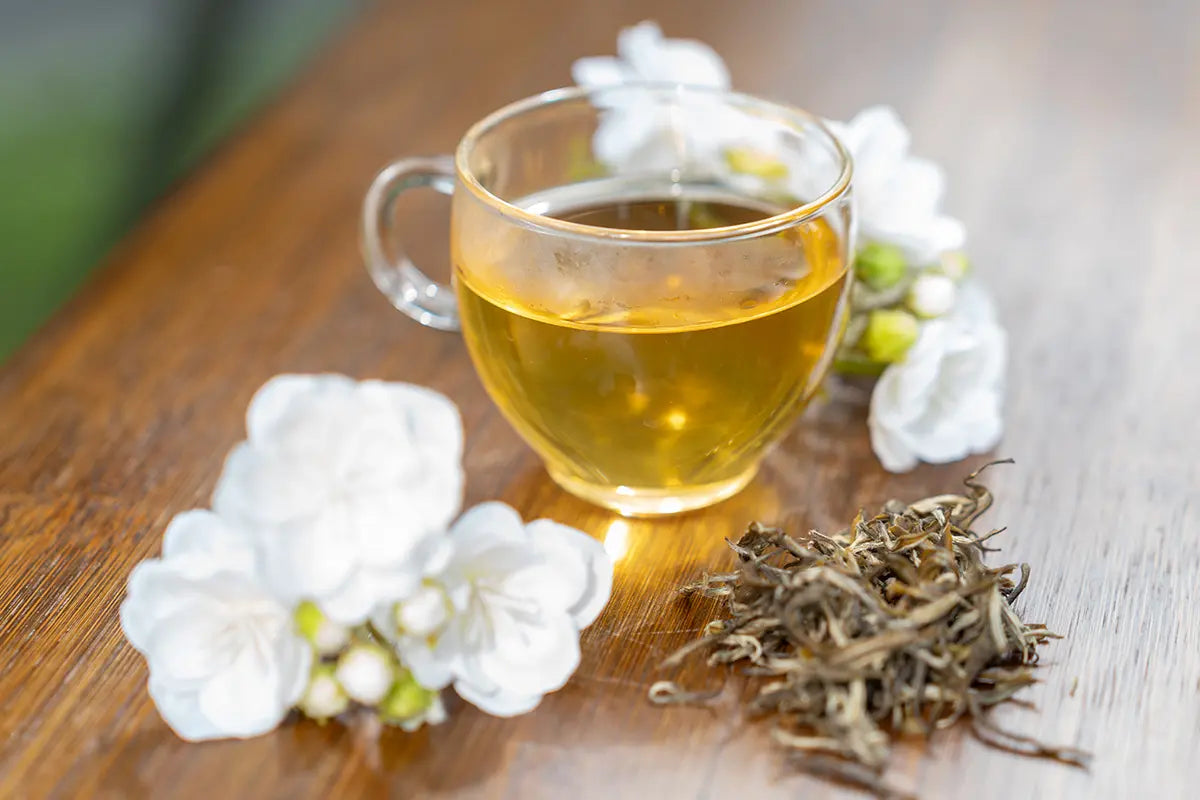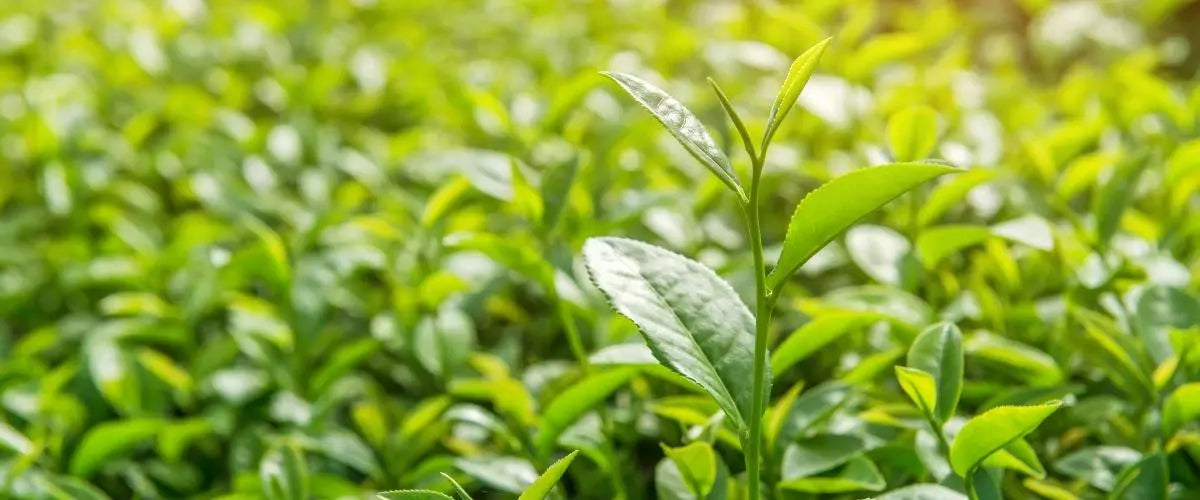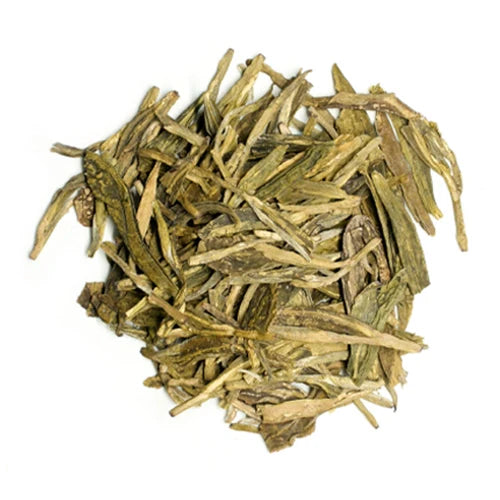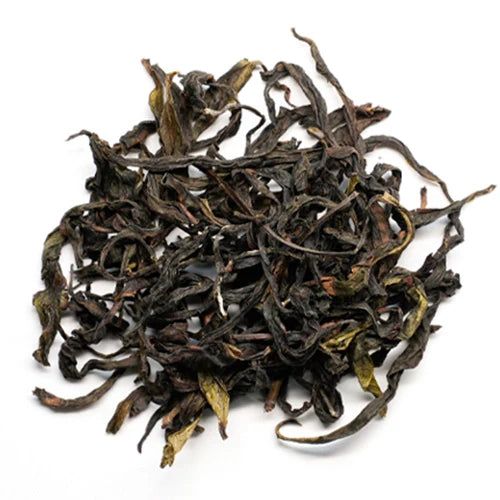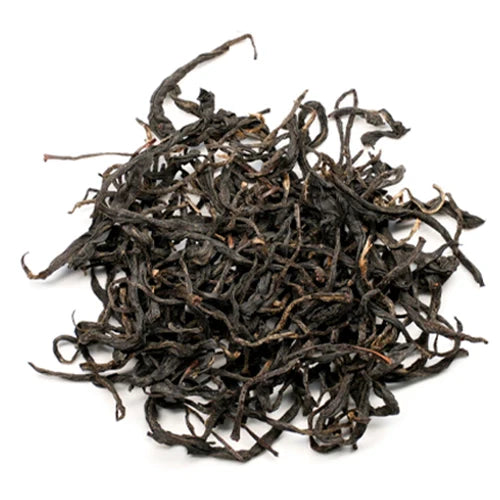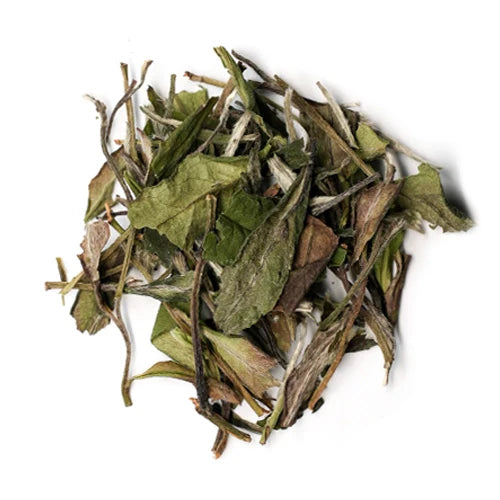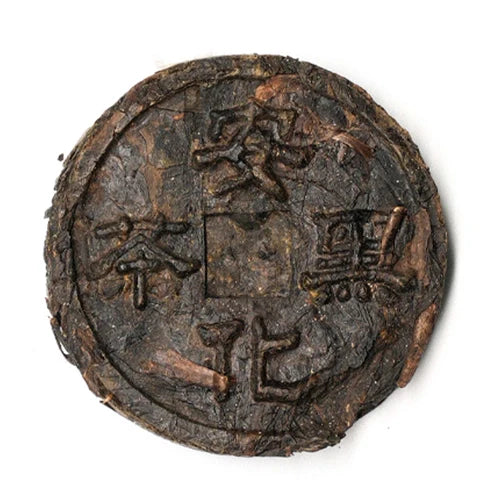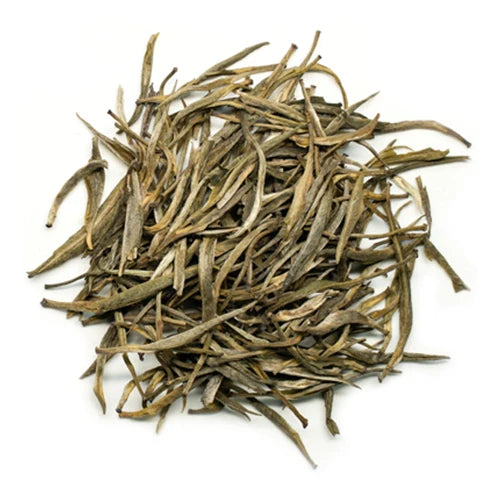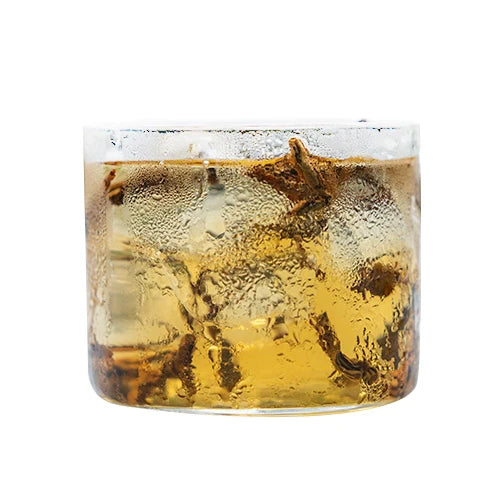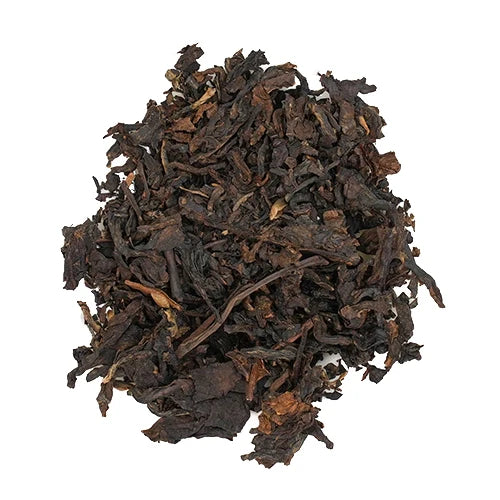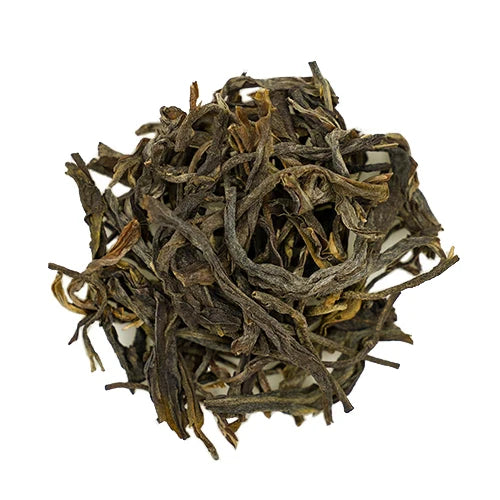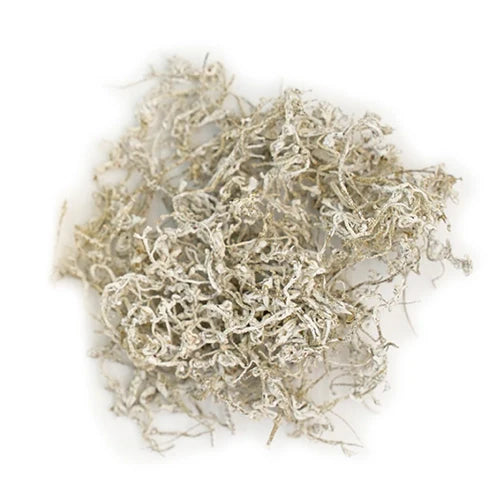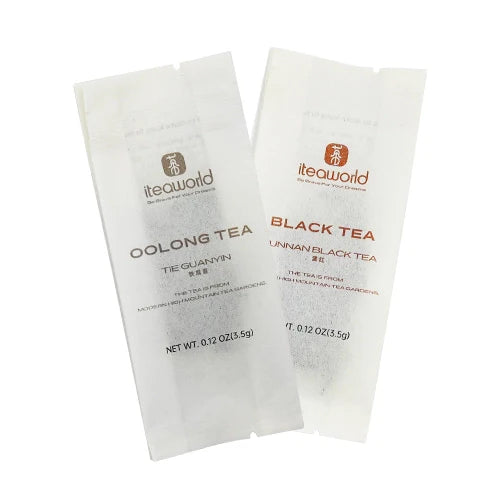Chinese teas have many varieties, and based on the degree of fermentation and production techniques, they can be categorized into six major types: loose leaf green tea, loose leaf yellow tea, loose leaf white tea, loose leaf black tea, loose leaf oolong tea, and loose leaf dark tea.
Among the six major types of Chinese tea, each has its unique charm and value, along with commendable health benefits worth exploring. Many individuals may feel a bit overwhelmed when first entering the realm of Chinese loose leaf tea, as there is a plethora of information and choices to understand and try.
Faced with the rich diversity of Chinese tea, it is recommended for everyone to explore through the use of a loose leaf tea sampler, which provides an economical and convenient way to taste and experience the different varieties.
Loose Leaf Green Tea and Its Health Benefits
About Loose Leaf Green Tea:
Loose leaf green tea is the most produced type of tea in China. It falls under the category of non-fermented tea, with the basic processing steps being Shaqing (killing green), Rounian (rolling), and drying.
The characteristics of loose leaf green tea include a clear and bright tea liquor, appearing light green or yellow-green. The tea liquor is refreshing, with a long-lasting aroma, and a soft, delicate, and smooth taste.
Health Benefits of Loose Leaf Green Tea:
Loose leaf green tea, with its tender raw materials and non-fermented nature, preserves the freshness and natural substances in the leaves to the maximum extent. The antioxidant, anti-aging, anti-cancer, antibacterial, and anti-inflammatory effects of loose leaf green tea are significantly higher than other types of tea.
Additionally, loose leaf green tea has benefits such as weight loss, fat reduction, cavity prevention, freshening breath, and lowering blood lipid levels.
Representatives of Loose Leaf Green Tea:
Includes Longjing, Biluochun, Xinyang Maojian, Anji White Tea, Enshi Yulu, Huangshan Maofeng, and more.
Find more loose leaf green tea with our Green Tea Sampler.>>>
Loose Leaf White Tea and Its Health Benefits
About Loose Leaf White Tea:
Loose leaf white tea belongs to the category of lightly fermented tea, with its basic processing involving Weidiao (withering) and drying (air-drying or baking). Varieties with a high abundance of white downy hairs on the leaf buds are often chosen for loose leaf white tea. Depending on the harvested parts, loose leaf white tea is divided into bud tea and leaf tea.
Old White Tea is particularly popular within the loose leaf white tea category. The liquor of old white tea is clear red, with abundant white fuzz, a rich and lingering aroma, a sweet and soft taste, and a smooth and glutinous texture.
Health Benefits of Loose Leaf White Tea:
As it hasn't undergone high-temperature fixation, loose leaf white tea has the potential for post-fermentation or aging. In simple terms, it is known for being "durable," and there's a saying that goes, "One-year tea, three-year medicine, seven-year treasure."
Loose leaf white tea is rich in various vitamins and minerals, exhibiting antioxidant and antibacterial properties. It can enhance the function of the immune system, aid in reducing cholesterol levels, promote heart health, and prevent skin aging.
Representatives of Loose Leaf White Tea:
Includes Baihao Yinzhen (Silver Needle), Bai Mudan (White Peony), Shoumei, and Gongmei, among others.
Loose Leaf Yellow Tea and Its Health Benefits
About Loose Leaf Yellow Tea:
Compared to other types of tea, the variety of loose leaf yellow tea is relatively limited, making it a niche choice. The processing method for yellow tea involves Shaqing (killing green), Rounian (rolling), Menghuang (covering and yellowing) and drying. A characteristic feature of yellow tea is the "yellow liquor and yellow leaves," a result of the "menghuang" process during tea production.
The characteristics of loose leaf yellow tea include a bright, goose-yellow tea liquor, a clear and mellow aroma, a sweet taste, and a lingering aftertaste.
Health Benefits of Loose Leaf Yellow Tea:
The raw materials for loose leaf yellow tea are tender, and the processing technique is similar to green tea, resulting in similar health benefits. However, yellow tea undergoes an additional "menghuang" process compared to green tea, making its taste mellower and less cooling in nature.
Loose leaf yellow tea retains over 85% of natural substances present in fresh leaves, providing excellent antioxidant, antibacterial, and anti-inflammatory effects.
Additionally, as a post-fermented tea, the enzymatic activity produced during the "meng" process helps protect the spleen and stomach, improve appetite, and aid digestion. Digestive enzymes can restore the metabolism function of fat cells, aiding in fat elimination.
Representatives of Loose Leaf Yellow Tea:
Include Junshan Yinzhen, Huoshan Huangya, Mengding Huangya, Wanzixi Huangda Cha, and Guangdong Daye Qing, among others.
Loose Leaf Oolong Tea and Its Health Benefits
About Loose Leaf Oolong Tea:
Loose leaf oolong tea belongs to the category of semi-fermented tea, positioned between non-fermented tea (loose leaf green tea) and fully fermented tea (loose leaf black tea). Its appearance is characterized by a greenish-brown color.
Due to varietal differences, oolong tea is further classified into four types: Northern Fujian Oolong, Southern Fujian Oolong, Guangdong Oolong, and Taiwanese Oolong.
The characteristics of loose leaf oolong tea include a rich and mellow flavor, a strong and pleasant aroma, a balanced and fresh taste, a lingering fragrance, and a lasting sweet aftertaste.
Health Benefits of Loose Leaf Oolong Tea:
Loose leaf oolong tea, known for its strong aroma, has excellent invigorating effects. Some polyphenols in oolong tea leaves transform into tea pigments during processing, providing antioxidant, oil-dissolving, and blood pressure-lowering effects.
Loose leaf oolong tea is also a good choice for weight loss, showing positive slimming effects. Additionally, consuming loose leaf oolong tea helps maintain a higher level of vitamin C in the blood and reduces the excretion of vitamin C in urine.
Representatives of Loose Leaf Oolong Tea:
Include Da Hong Pao, Fenghuang Dancong, Dong Ding Oolong, TieGuanyin, and Dongfang Meiren, among others.
Find more loose leaf oolong tea with our Oolong Tea Sampler.>>>
Loose Leaf Black Tea and Its Health Benefits
About Loose Leaf Black Tea:
Loose leaf black tea is a fully fermented tea, with its basic processing steps including Weidiao (withering), Rounian(rolling), Oxidation, and drying. The quality characteristics of the red liquor and red leaves of loose leaf black tea are mainly formed through the "fermentation" process.
The aroma of loose leaf black tea is generally sweet, varying depending on the specific characteristics of different black teas. The taste of the tea liquor is typically robust, with a sweet or mellow aftertaste.
Health Benefits of Loose Leaf Black Tea:
During the production of loose leaf black tea, components such as theaflavins and thearubigins are formed, and these play a significant role in determining the color, taste, and aroma of the tea. Theaflavins, also known as the "soft gold" of tea, have excellent effects on regulating blood lipids and lowering cholesterol.
Loose leaf black tea, with its mild nature and rich aroma, aids in digestion, reduces greasiness, stimulates the appetite, promotes well-being, and enhances appetite.
Representatives of Loose Leaf Black Tea:
Include Lapsang Souchong, Keemun Black Tea, Yunnan Black Tea, and Yingde Black Tea, among others.
Find more loose leaf black tea with our Black Tea Sampler.>>>
Loose Leaf Dark Tea and Its Health Benefits
About Loose Leaf Dark Tea:
Loose leaf dark tea is a post-fermented tea, with its basic processing steps including Shaqing (killing green), Rounian (rolling), Wodui (pile fermentation) and drying. The raw materials for loose leaf dark tea are generally coarse and aged, and due to the often extended fermentation time during manufacturing, the leaves take on an oily black or black-brown color, hence the name "dark tea."
The characteristics of loose leaf dark tea include an orange-yellow liquor color, a pure aroma, and a mellow taste with a slight astringency.
Health Benefits of Loose Leaf Dark Tea:
Loose leaf dark tea undergoes a high degree of fermentation, often involving the participation of microorganisms, resulting in the transformation of many beneficial substances for the human body.
Loose leaf dark tea contains various vitamins and minerals, exhibiting antioxidant and anti-inflammatory effects. It can help lower cholesterol levels, promote digestion, alleviate constipation, and relieve stomach discomfort.
Moreover, loose leaf dark tea can enhance the function of the immune system, contributing to heart health protection.
Representatives of Loose Leaf Dark Tea:
Include Yunnan Ripe Pu-erh, Anhua Dark Tea, Guangxi Liubao Tea, and Hubei Qingzhuan, among others.
The world of Chinese loose leaf tea is incredibly rich. I hope this article helps everyone gain some understanding of the six major types of Chinese tea.
To truly appreciate the beauty of Chinese loose leaf tea, it's best to experience it firsthand. Loose leaf tea samplers offer various small packages of tea, allowing you to purchase tea samplers of specific varieties like black tea or oolong tea. In this way, with minimal time and effort, you can discover the best loose leaf tea that suits your preferences through practical exploration.
The above are the six major types of tea in China. If you want to try these six types of tea at once and don’t want to spend too much money, then I strongly recommend you try the Chinese Tea Sampler. This is the latest product released by iTeaworld. One box contains six types of tea. Tea categories include oolong tea, green tea, black tea, yellow tea, white tea, and dark tea. And it doesn’t require high costs, you can experience it once at the lowest cost. In addition, there are also tea bags made of corn starch for free. This makes it more convenient to enjoy tea in the office.
In reality, the quantity of tea knowledge you possess is not the most crucial factor. The appreciation and learning about tea come from hands-on experience. Most importantly, find joy in tea tasting and let tea become a relaxing and healthy companion in your daily life.
